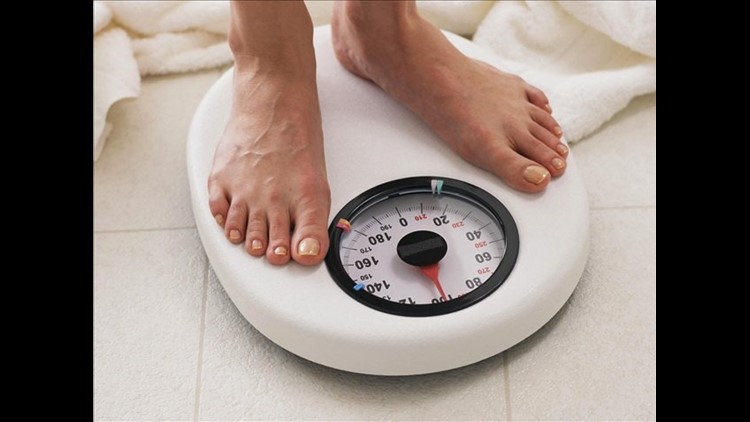(CNN) — If you’re confused by the gluten-free diet craze, you’re not alone.
Like many people, you’ve probably heard about the phenomenon but really don’t understand what gluten is or what, if anything, you should be doing about it. Yet millions of people in this country are turning their lives upside-down trying to avoid it.
Here are five things you need to know about gluten:
1. It’s a protein that can cause problems. Gluten is the major protein found in some grains. It is present in all forms of wheat (bulgur, durum, semolina, spelt, farro and more) as well as in barley, rye and triticale (a wheat-rye cross).
But gluten can also turn up in unexpected places, like certain brands of chocolate, imitation crab (surimi), deli meats, soy sauce, vitamins and even some kinds of toothpaste.
Gluten is different from protein in other grains (such as rice) and in meat (such as steak) in that it is difficult for humans to digest completely. It can make some people very sick. But not everyone.
2. You probably don’t need to completely avoid it. For some people — about 1% of the population — gluten can be a matter of life or death. These people have a condition known as celiac disease.
True celiacs, as they are called, are so sensitive to gluten that even a small amount — really just a trace — can make them very sick. Because gluten damages the lining of the small intestine in those with celiac disease, it can lead to a host of health problems ranging from chronic diarrhea and abdominal cramping to osteoporosis and even the risk of some cancers.
Unless you are part of that 1% (and only special tests will let you know if you are), it’s unlikely that you will need to live a completely gluten-free lifestyle.
3. You may need to cut back. With the significant increase in our gluten intake over the past 50 years due to the ubiquity and overconsumption of products made with highly refined wheat flour, we are just beginning to appreciate gluten’s impact on our health.
As a society, we are in a state of “gluten overload,” and millions of people of all ages and all walks of life are suffering as a result of a condition that was recognized only a few years ago, called gluten sensitivity.
When people with gluten sensitivity eat foods containing gluten, it triggers unpleasant symptoms: stomach pains, bloat, heartburn, joint pains, headache, skin rashes, fatigue, insomnia and brain fog, to name some of the most common. Although many of these symptoms are similar to those experienced by celiac sufferers, if you turn out to be gluten-sensitive, it probably won’t require giving up gluten entirely.
In treating patients in my practice, I have found that eliminating gluten for a few weeks and gradually reintroducing it is the best way to assess your body’s response to gluten and determine your own gluten threshold. By gradually introducing gluten-containing grains and other foods, you’ll get an understanding of which of these foods, or how much of them, your body can process without triggering symptoms.
4. Living gluten-free can make you fat. Some people who go off gluten to lose weight end up gaining weight instead. That’s because they consume gluten-free packaged products that are often just as high in saturated fat, sugar and sodium as other junk food, and these products often contain high-glycemic refined ingredients like white rice flour or fillers like potato starch that can affect your blood sugar and trigger cravings.
If you find that you can’t eat just a few gluten-free crackers, for example, without going back for half the box, this product spells trouble. You’re far better off sticking with naturally gluten-free foods, including vegetables and fruits, lean meats, fish and poultry, certain whole grains like brown rice and quinoa, reduced-fat or fat-free dairy, nuts and seeds, beans and other legumes, and healthy fats, like extra-virgin olive oil and canola oil.
5. Gluten is not something to fear. I like to tell my patients that they need to be gluten-aware, not gluten-phobic. This happens when they learn where they fit on the gluten sensitivity spectrum and discover their own level of gluten tolerance.
On one end of the gluten spectrum, for example, are some professional tennis players who never felt sick but when they drastically cut down on gluten found increased energy that enabled them to win long, tough matches that they had previously been losing.
On the other end of the spectrum are people, like some patients of mine, who frequently feel like they’ve been hit by a bus when they wake up in the morning with headaches, stomach aches, joint pains and fatigue. Once they start paying attention to gluten in their diet, they wake up feeling great and pop out of bed in the morning.
I’ll say it again: Not everyone who is sensitive to gluten necessarily has to be gluten-free. This is important, since leading a gluten-free life — as is necessary for those with celiac disease — is difficult and can be expensive.
Therefore, excluding celiac disease comes first. If you test negative for this potentially serious condition, then you can begin a trial to see just how gluten-sensitive you are, if at all. It’s a test worth taking, since the results could transform your diet and your health for life.



